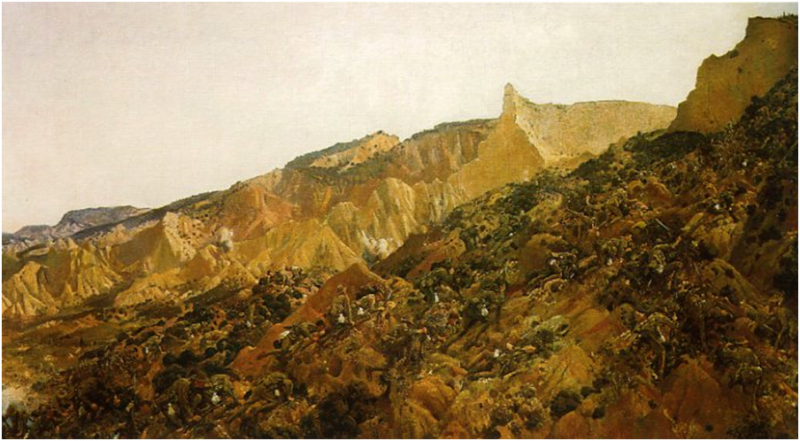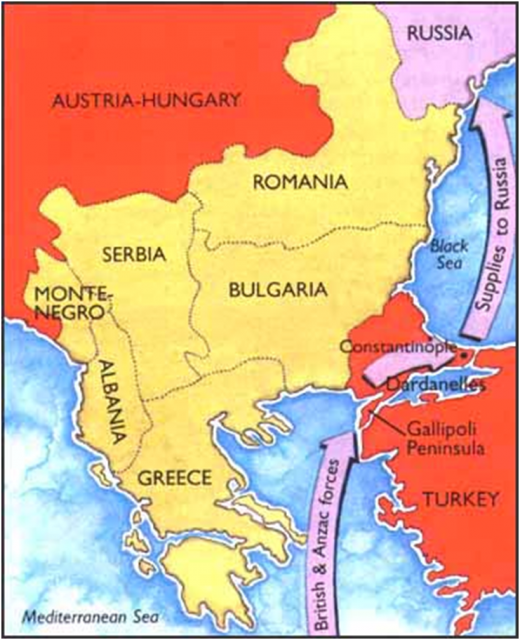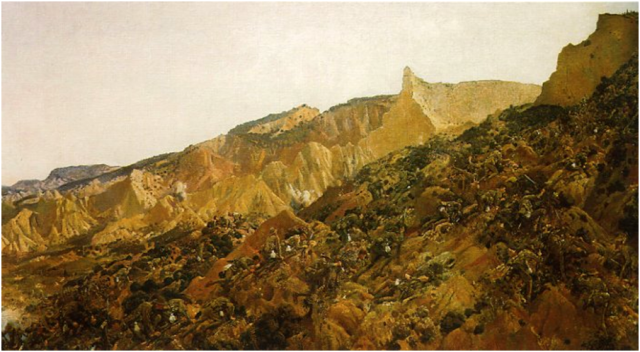A team of researchers, historians, and archaeologists from three countries has just completed the largest investigation of the Gallipoli battlefield to date. The project, which was initially intended to be a simple survey to see what of the battlefield had survived, expanded into a much larger endeavor that has taken place over the past five years. It required a joint effort of representatives from Turkey, New Zealand, and Australia.
The Gallipoli Peninsula is located between the Aegean Sea in the west, and the Dardanelles straits in the east, and was a strategic point in the sea route between Europe and Russia during World War I. Facing the fortified Ottoman forces with inadequate intelligence and planning, Allied troops (including forces from Britain, France, Australia and New Zealand) suffered heavy losses in the campaign, and eventually evacuated without ever making significant progress toward taking the peninsula. Of the approximately 480,000 Allied troops that participated in the campaign from April 1915 to January 1916, there were more than 250,000 casualties, including at least 46,000 dead. One of the initial landing sites was dubbed Anzac cove, in honor of the Australian and New Zealand Army Corps (ANZAC) troops that fought and died there, The New Zealand Herald reports.
Despite the length of time spent fighting over it, the battlefield itself is actually fairly small. From the coast of the Aegean to the front lines of the Allied forces was less than a mile. No-man’s-land – the space between the opposing armies’ trenches – was as narrow as 30 feet in some places. The prolonged stalemate and dense nature of the conflict means that a large amount of archaeological material was present over a relatively small area, and Antonio Sagona, the project’s field director from the University of Melbourne even said that the battlefield was not only “the best preserved World War I battlefield,” but also, “one of the best-preserved battlefields in the world, period.”
Over the course of the extensive project, over 1000 features and 1100 artifacts were recorded, and more than 16km of trenches have been surveyed. Despite 100 years having passed since the battle, a number of features were still very apparent, including trenches, dugouts, latrines and bomb shelters. The researchers intend to launch a book and exhibition about their findings within the next year, in addition to a government report.


